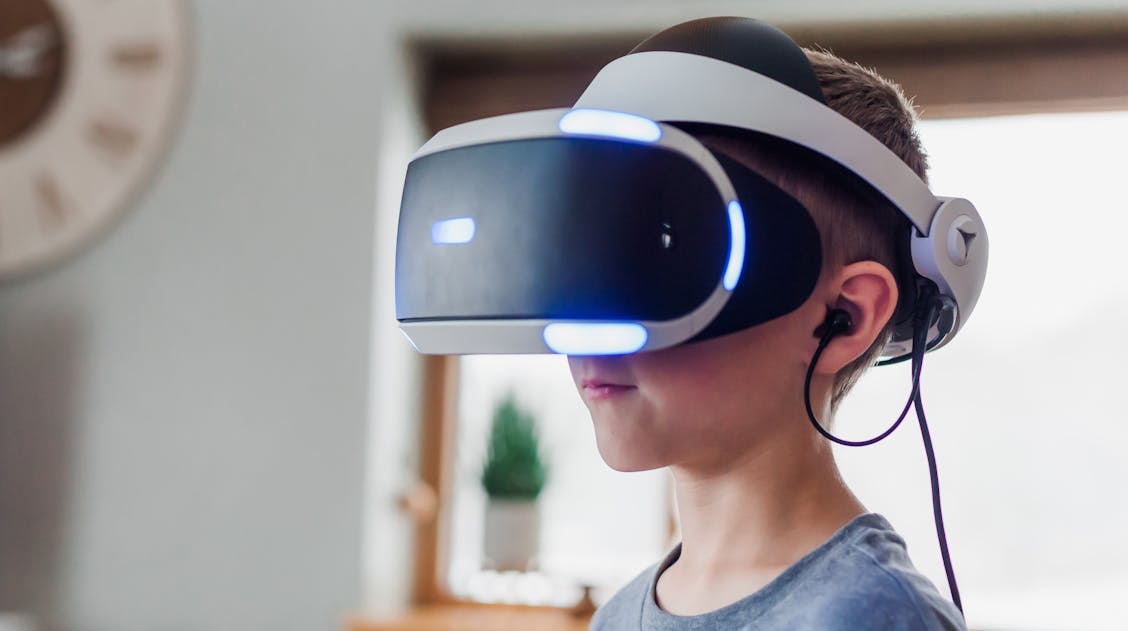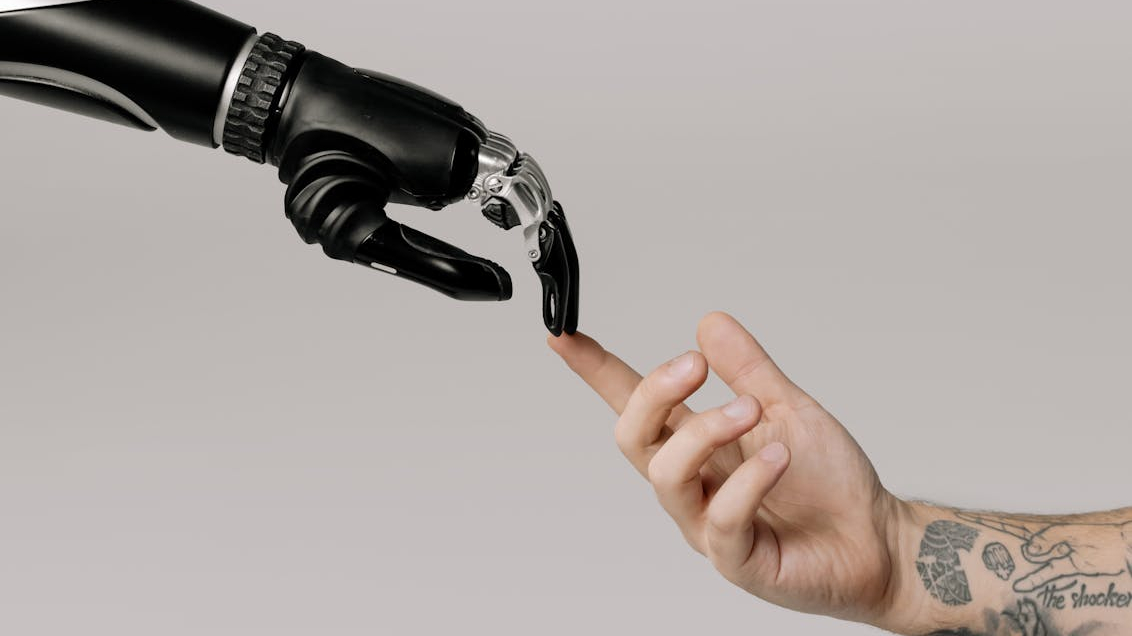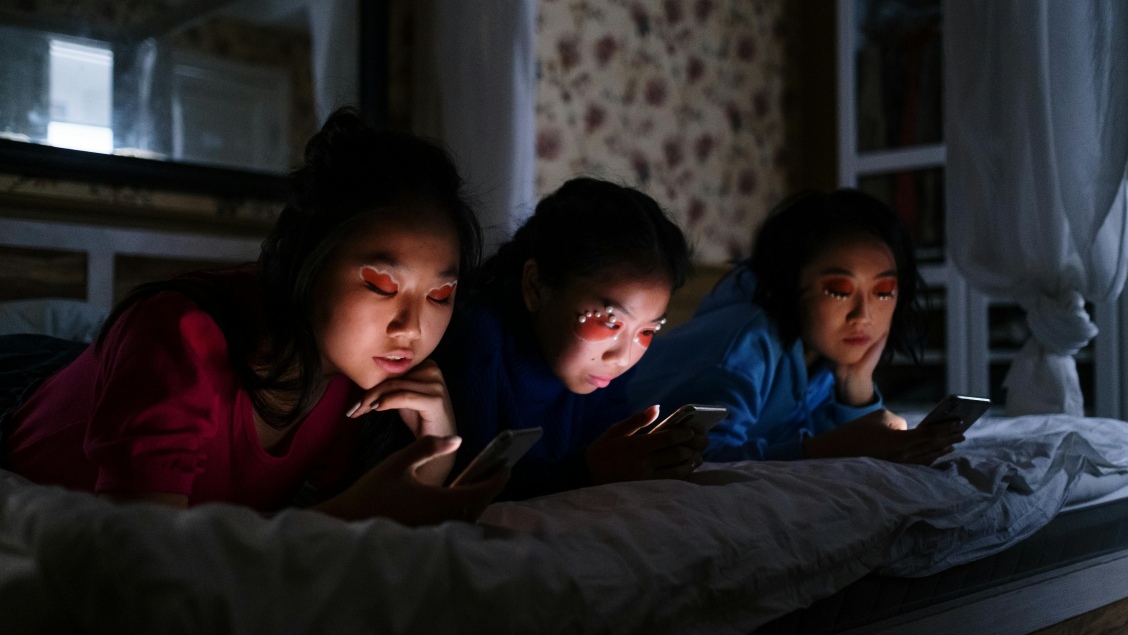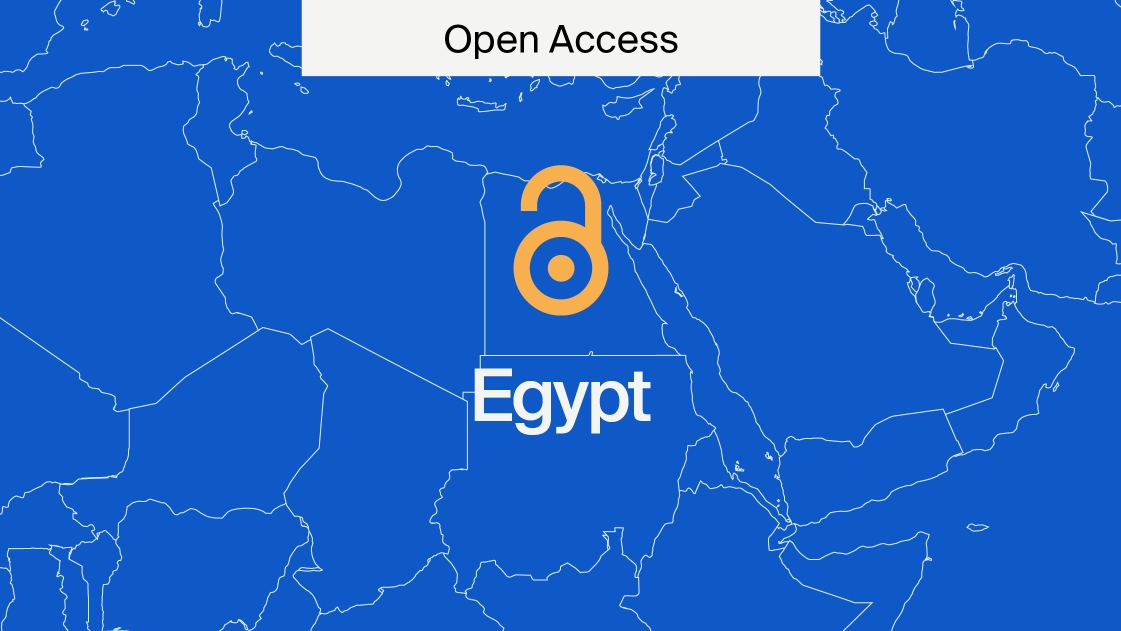
Using Virtual Reality to Support Social Communication Disorder
Human communication is the foundation for all relationships, allowing us to bond and connect with others, sharing our experiences and needs. It’s fundamental for developing and emotional intelligence needed to engage and relate to others throughout life, personally and professionally.
Developing interpersonal skills begins at birth with parental bonding with the infant, allowing the parents to respond to the infant’s needs. Moreover, from birth, infants also begin using nonverbal cues such as eye contact, sounds and facial expressions to communicate their needs and feelings. Communication, and the understanding of social cues, is crucial for the social, emotional and cognitive development of infants. Communication becomes even more prevalent for children as they start to interact with their peers.
Infants and children showing signs and symptoms of neurodivergence, such as autism or social communication disorder (SCD), tend to struggle more with using language to interact with each other.
Researchers from Flinders University recently published a review in the Open Access journal Languages, analysing the use of virtual reality as a tool for supporting children who struggle with social engagement, focusing on those with SCD.
Social communication disorder
SCD is a novel diagnosis first listed in the Diagnostic and Statistical Manual of Mental Disorders-5 (DSM-5) under communication disorders in 2013.
It is defined in DSM-5 as “persistent difficulties in the social use of verbal and nonverbal communication”.
Individuals diagnosed with SCD experience difficulties with social interaction, social understanding, pragmatics, and language processing. However, they fully understand language and grammar and can use them in most contexts but have trouble communicating effectively in social situations, including:
- Initiating and maintaining conversations back and forth.
- Understanding social cues and gestures, such as body language.
- Communicating effectively and appropriately for the particular social context.
- Following the rules of general conversation and struggling with storytelling.
- Misinterpreting contextual meaning and conversational tones.
- Difficulties sharing information and emotions.
It can be very isolating to be living with SCD, especially as a child. Moreover, it can impact how a child learns to communicate in later life, negatively hindering the development of meaningful personal relationships, academics and career progression. This can lead to loneliness, negatively impacting mental health and resulting in other health conditions such as depression and anxiety.
Virtual Reality and Social Communication Disorder
Virtual reality (VR) is an immersive technology that simulates a 3D computer-generated environment that users can explore and interact with using special headsets or controllers. The use of VR in educational environments has grown in popularity sinceit provides an immersive, interactive learning experience where the user can experience personalised learning through 3D simulations.
“These newer innovative and accessible interfaces and wearable VR glasses may help children and adolescents who struggle with real-world social engagement and learning,” explains Flinders University researcher Dr Weifeng Han, from the College of Education, Psychology and Social Work.
“Research so far shows they can be a safe, motivating and immersive way for young people to practise social skills before applying them in everyday life.”
The researchers from Flinders University hoped to further the understanding of virtual reality (VR) as an innovative tool that allows children with SCD to practise their social skills in a controlled and safe environment.
Analysing virtual reality as a therapeutic tool
The researchers first conducted a structured search protocol to identify relevant peer-reviewed studies examining VR applications addressing SCD in children and adolescents. This was followed by a comprehensive literature review. The search strategy focused on three intersecting concepts: virtual reality technology, social communication disorders and developmental populations. Moreover, the researchers focused the search on publications in the date range of 2010-2024.
Articles considered for inclusion in the study had to meet the following criteria:
- Bepeer-reviewed empirical research, published in English.
- Focused on VR-based interventions or assessment tools.
- Targeting children or adolescent populations diagnosed with SCD, including those also diagnosed with autism spectrum disorder.
The search identified 489 records. However, after an abstract screening and removal of duplicates this resulted in 45 articles being retained for full article review. The review involved the researchers reading the articles in detail and then applying their inclusion criteria listed above.
Following the review, 11 studies were included in the study The researchers identified that out of the 11 studies included, 4 investigated VR applications in general SCD populations, whilst 7 focused on children diagnosed with ASD.
Virtual reality as a therapeutic tool for supporting social development
The researchers’ analysis revealed five key themes being discussed in the current literature, these included:
- The usability and acceptability of VR as a therapeutic tool to support social development.
- The use of VR for social skills training and social interactions in ASD.
- Gaze and attention tracking in VR for social communication.
- Measurement and assessment of social communication skills using VR.
- Applications of VR in inclusive education to help children with broad special needs.
The researchers conclude that their review demonstrated the potential of VR as a mediating tool between therapeutic interventions and real-world social interactions. Allowing children and adolescents to develop social skills in a controlled, safe, naturalist environment.
“Our findings demonstrate VR’s potential as a mediating tool between therapeutic interventions and real-world social interactions, offering controlled yet naturalistic environments that enable safe, structured practice while maintaining engagement,” – Dr Han, Senior Lecturer in Inclusive Education Futures.
The review aims to enable progress in establishing the effectiveness and value of VR-based interventions to support children and adolescents diagnosed with SCD. Additionally, the review effectively demonstrates how immersive technologies can enhance language learning and communication development.
“Building on these findings, we propose implementation strategies for educational and therapeutic settings, addressing design considerations, delivery methods, and outcome evaluation”, the researchers explained.
“To establish the clinical effectiveness and real-world value of VR-based interventions for SCD, the field must prioritise the development and adoption of standardised outcome measures and undertake rigorous longitudinal studies tracking skill generalisation over time,” they continued.
If you enjoyed reading this article or would like to submit research in this area, please see the Languages Special Issue: Social Communication Disorders in Childhood: Interdisciplinary Approaches to Assessment and Intervention










